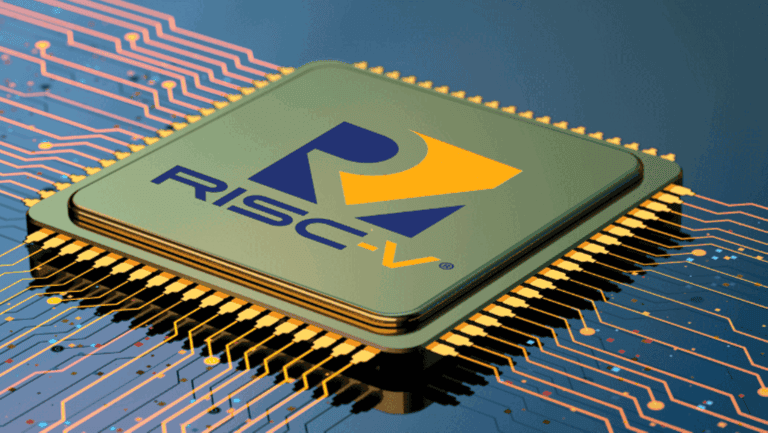Nvidia is finally taking the plunge into the open-source world with CUDA support for RISC-V processors. This development opens new doors for data centers looking to save on licensing costs and gain more flexibility in their infrastructure.
Nvidia and RISC-V are not complete strangers to each other. In fact, RISC-V cores have been in Nvidia GPUs for a long time. According to RISC-V International, there are more than a billion of these cores. There are said to be around 10 to 40 on every GPU that Nvidia sells, according to The Register.
However, today’s news has nothing to do with the use of RISC-V cores in Nvidia GPUs. The most valuable company in the world (Nvidia is reportedly worth around $4 trillion at this point) is expanding support for the CUDA software stack to the RISC-V instruction set. Thanks to CUDA, applications can interact with Nvidia GPUs. If this is not supported on a CPU, you cannot use much GPU functionality.
In itself, the announcement we are writing about today is not that remarkable. After all, CUDA also runs on x86 and Arm-based CPUs, which also use the RISC instruction set. Arm uses it anyway, and x86 now also uses the necessary RISC-like features. In any case, extending support to RISC-V was not something that required any major changes from Nvidia’s perspective.
China as a strategic market
The real question we should be asking about this announcement is why Nvidia is making it now. The timing and location (during the RISC-V Summit in Shanghai) of this announcement are no coincidence. In recent years, whether forced by external factors or not, China has invested heavily in becoming less dependent on Western CPU technology. RISC-V plays a central role in this. While Intel quietly ended its Pathfinder program, Chinese companies such as Alibaba are strongly committed to it.
We also cannot view this announcement in isolation from the recent news that Nvidia has been granted permission to sell its H20 AI chips in China. If Nvidia can link its own AI chips to the emerging RISC-V instruction set, it will have a strong selling point for Chinese customers. Nvidia may be worth a lot at the moment, but there is undoubtedly room for more. How Nvidia plans to extract that value from RISC-V is not yet clear.
Whether RISC-V will grow rapidly outside China, including in data centers, remains to be seen. Arm is still not a resounding success in data centers. RISC-V is open-source and license-free, but that is only part of the story. It also needs to mature to the point where it can be used for intensive workloads. At this point, there is still work to be done in that area. There are some rumours that something is coming that can compete with Arm. The question is how quickly RISC-V can catch up with other instruction sets. CUDA support from Nvidia could help.
